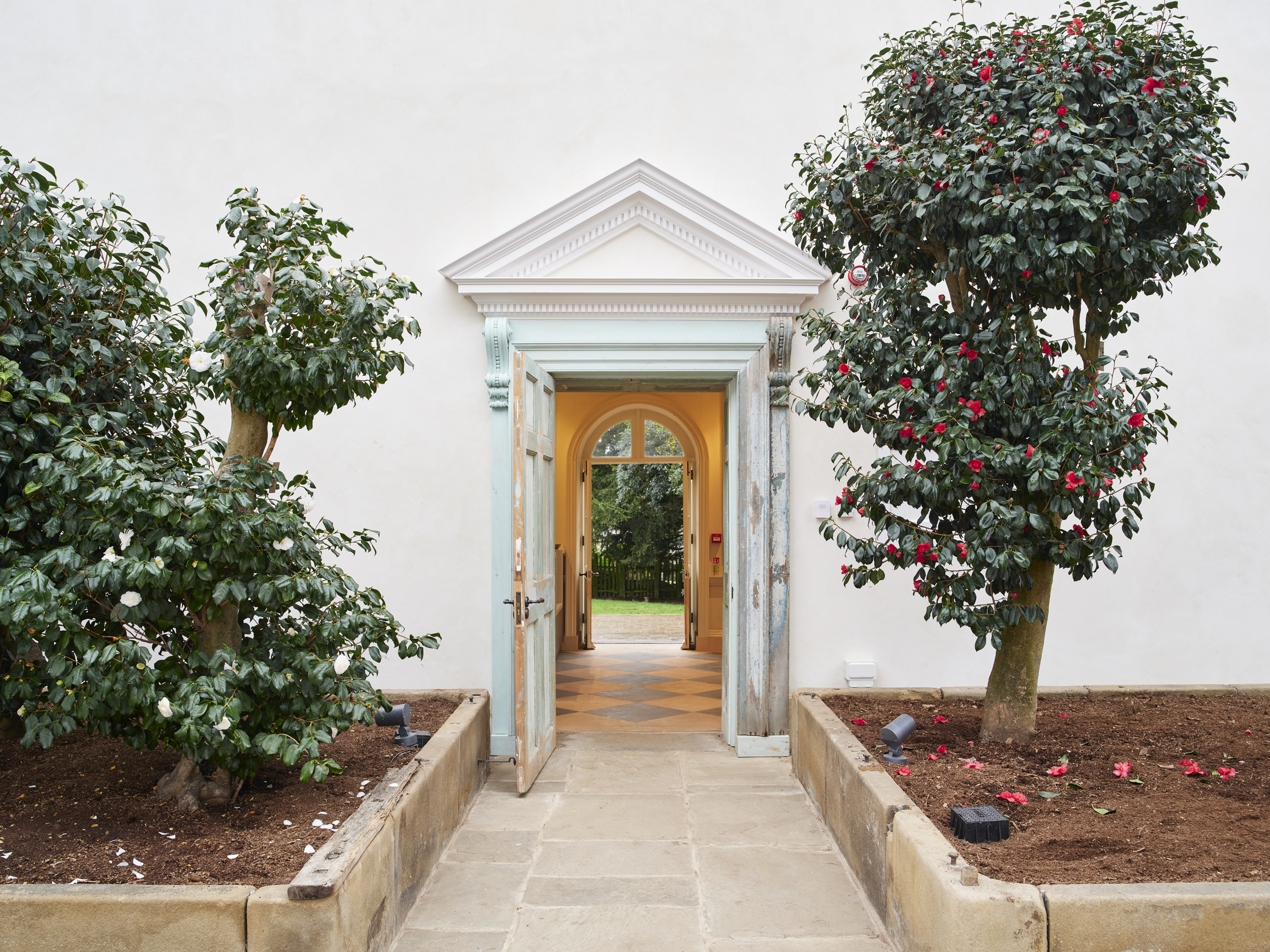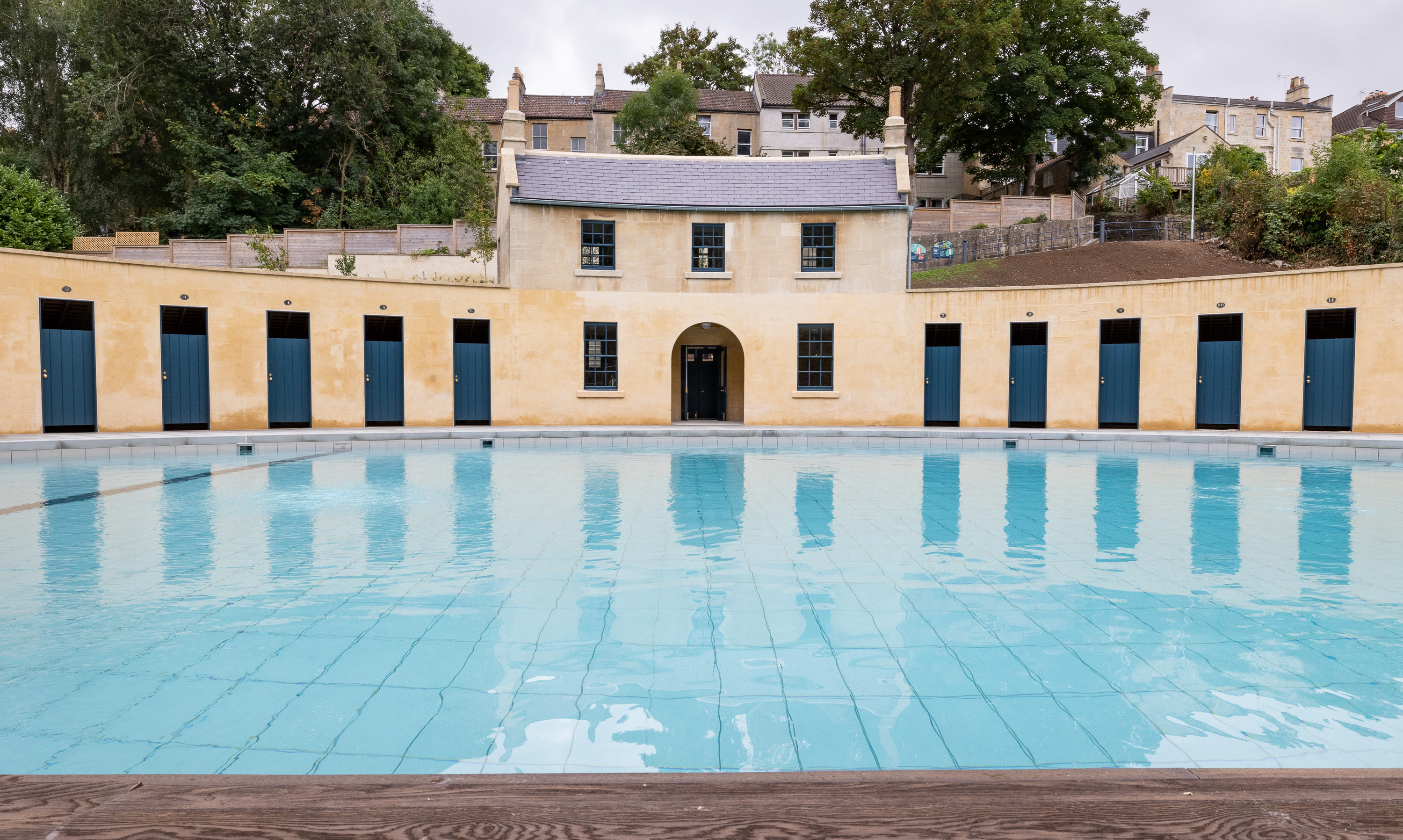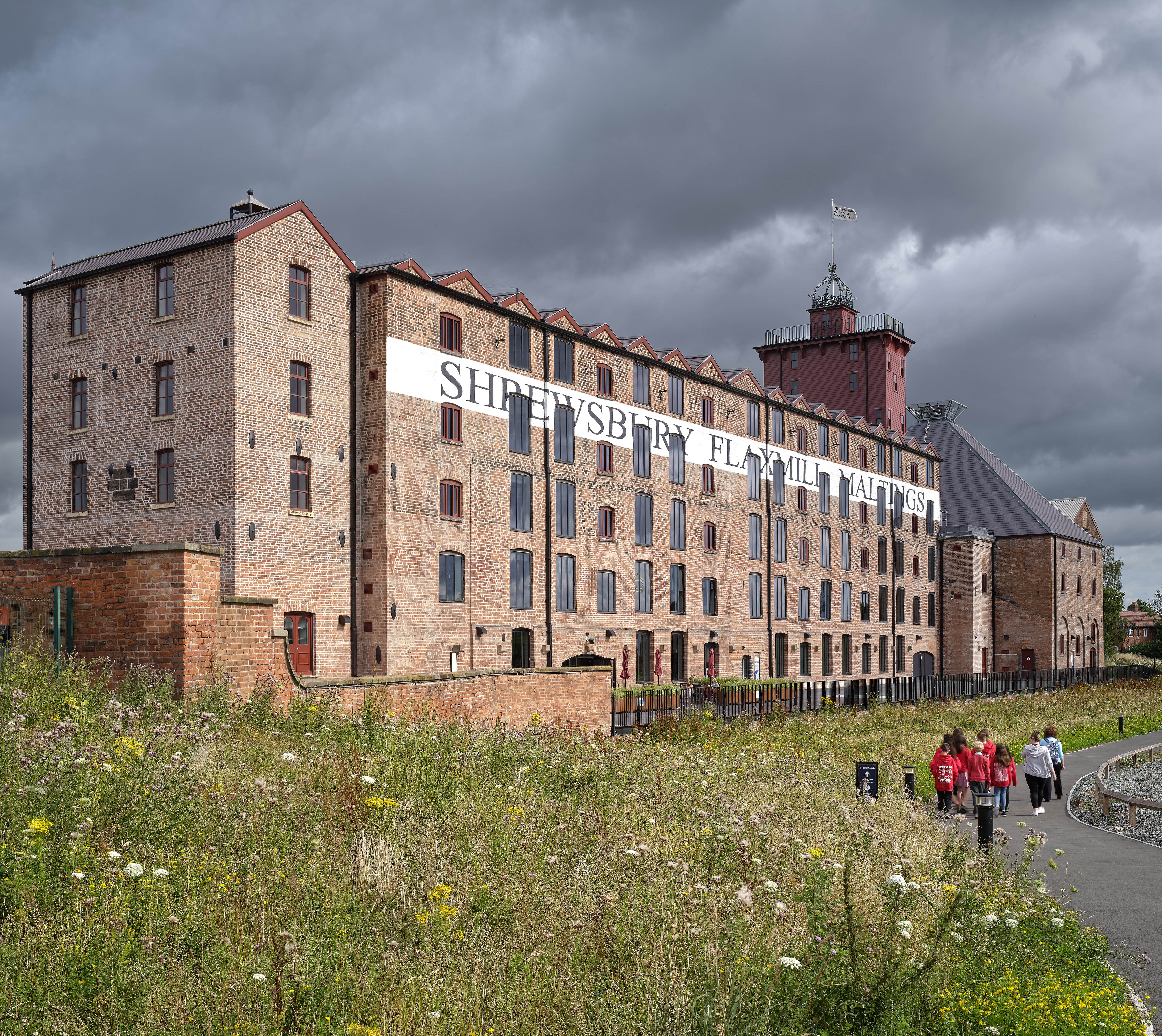The awards
Recognising excellence in heritage conservation
The European Heritage Awards / Europa Nostra Awards are a celebration of excellence. Launched in 2002 by the European Commission they are now one of the most prestigious awards schemes in the field.
The judges
The programme is delivered by Europa Nostra and the judges are drawn from all corners of the continent. I have been lucky to have been one of the judges for the last four years and, although the annual task of reading and evaluating around 60 shortlisted dossiers is a bit daunting, learning about exciting new techniques and processes, as well as inspiring and innovative approaches to education and engagement is immensely rewarding. And I confess that I am always thrilled when a UK-based project becomes a Europa Nostra Award laureate!
The impact
Winning projects promote best practices in the conservation of tangible and intangible cultural heritage, stimulate the trans-frontier exchange of knowledge throughout Europe, and increase public awareness and appreciation of Europe's cultural heritage.
However, the awards serve an important function beyond recognition. They help to create networks for sharing knowledge and best practice across Europe, connecting heritage professionals and encouraging innovation in conservation methods. For winners, the benefits include validation of their achievement and the enhanced profile opens up the potential for additional funding and increased visitor engagement.
UK success stories
This year Heritage Open Days’s focus on architecture provides an ideal opportunity to highlight recent UK winners in the conservation and adaptive reuse category. I have chosen to showcase three fabulous projects that demonstrate different approaches to preserving our built heritage while ensuring that the buildings remain relevant and useful for contemporary needs.
Each of these award-winning projects demonstrates how thoughtful, research-based conservation can ensure that important cultural assets continue to serve society while preserving their historical value. They are also a testament to the hard work, determination and passion of the teams of energetic volunteers who ensured their success. The recognition these projects have received through the Europa Nostra Awards highlights their potential as models for similar conservation challenges across Europe and celebrates the skills and knowledge of the UK’s conservation workforce. Each project shows how conservation can be both an act of preservation and an investment in a sustainable future for our built heritage.
The Camellia House
The Camellia House at Wentworth Woodhouse, derelict for 50 years, has recently been transformed into an elegant restaurant and events space, funded primarily by the National Lottery Heritage Fund and Historic England. This Grade II* listed building, which dates from 1738, was a roofless ruin on the Heritage At Risk register before its recent restoration.
The Camellia House was built in 1738 as a tea pavilion, and extended in 1812 to house a rare collection of camellias. The building’s significance therefore combines its architectural merit with its horticultural importance: many of the 19 remaining camellias are part of a collection, likely dating from the early 1800s, declared to be some of the oldest surviving in the Western world by the International Camellia Society.
The teahouse restoration is notable because it demonstrates how conservation can balance sustainability with heritage protection. Traditional craftsmanship and heritage conservation methods were integrated with low-carbon upgrades including breathable insulation, a rainwater harvesting system, and underfloor heating powered by a ground-source heat pump.
Cleveland Pools
The Cleveland Pools, have a significant place in the hearts of the people of Bath and the surrounding region, but were closed and disused since the 1980s. Considered “the oldest surviving, public, open-air swimming baths in the country” they date back to 1815.
The project to save the baths was initiated in 2004, when a campaign to oppose the sale of the site for commercial development gained significant support from heritage organisations in the city of Bath and at national level. The Cleveland Pools Trust, established by passionate volunteers, drove the 20-year campaign to restore and reopen the facility. The community-led approach to conservation is one of the elements that makes this project particularly noteworthy.
The restoration approach focused on returning the pools to their original function while meeting modern standards and user expectations with the support of a major grant from the National Lottery Heritage Fund. The project restored lost elements of the original layout as well as its function as a swimming pool. New facilities needed to support modern use have been incorporated in a minimal and respectful way and the installation of a water source heat pump enables year-round swimming with heated water drawn from the adjacent River Avon.
Shrewsbury Flaxmill Maltings
Shrewsbury Flaxmill Maltings has been described as the “grandparent of skyscrapers.” Built in 1797, it is the world’s first iron-framed building, and pioneered a new technology that ultimately paved the way for the towering steel-framed structures that now dominate our city skylines. This exceptional industrial heritage building played a pivotal role in architectural and engineering history.
However, like many industrial buildings, evolving commercial needs meant that its use changed from its original function as a flaxmill to a maltings and it eventually closed in 1987. Over the next 20 years it fell into disrepair until English Heritage took on the freehold in 2005. The iconic building has now been brought back to life as an adaptable workspace, leisure destination and social enterprise hub. The iron-frame construction that makes this building historically significant presented particular conservation challenges, requiring specialist expertise to restore and adapt the structure safely for modern use.
By creating a mixed-use development the project ensures the building’s long-term sustainability while contributing to local economic regeneration.
Looking ahead: apply for the 2026 awards!
The Call for Entries for the European Heritage Awards / Europa Nostra Awards 2026 is now open for applications. The application deadline is 9 September 2025 and applications must be submitted through the online platform at www.europeanheritageawards.eu/apply
Find out more
The awards
Past UK winners
Heritage Open Days
- Introducing the festival theme: Architecture
- Search for events - All three of the sites mentioned here have previously opened over the festival, so what award winning treasures will you discover this year?




